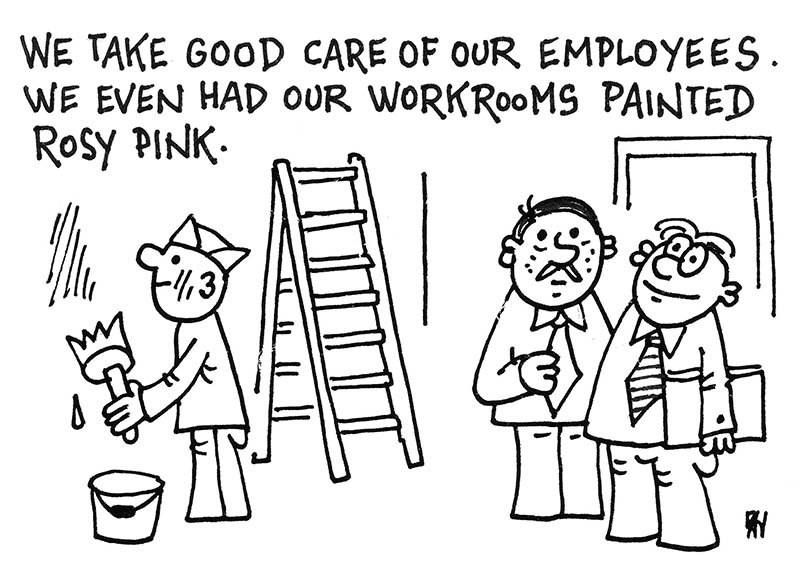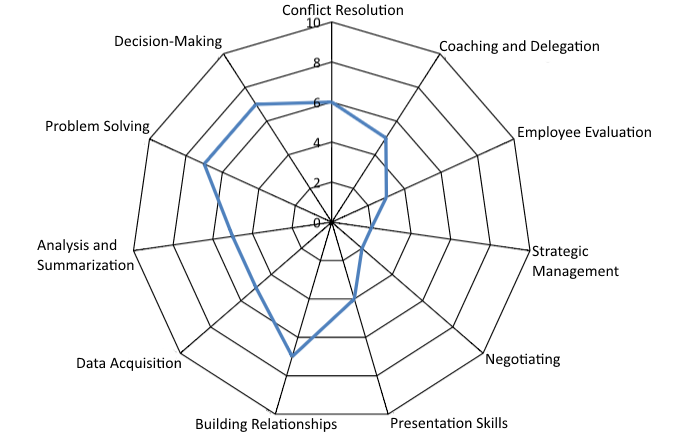4.2.2. Additional Information
Selecting Key Employees and Competency Models
When selecting candidates, especially for key positions, as well as determining the employees’ further education and development, so-called “competency models” are employed (Kubeš, Spillerová, Kurnický, 2004). In small and medium-sized businesses, certain hybrid approaches  can be used when implementing these models, as described by Hroník (Hroník, 2007). According to this approach, individual positions are defined based on the minimum required competency level, which is determined on the basis of e.g. interviews, where the individual’s level of competency is compared with the minimum required competency level.
can be used when implementing these models, as described by Hroník (Hroník, 2007). According to this approach, individual positions are defined based on the minimum required competency level, which is determined on the basis of e.g. interviews, where the individual’s level of competency is compared with the minimum required competency level.
For example – for the managerial position of Director of Sales, we require managerial, interpersonal as well as technical competence. The first step requires determining the most essential competencies for the given position, and subsequently setting the minimum required competency level. In terms of managerial competency, what is important for us is i.e. conflict resolution (min. required level of 6), coaching and delegation (min. 5), employee evaluation (min. 3) and strategic management (min. 2). In terms of interpersonal competencies, the list will include negotiating skills (min. 2), presentation skills (min. 4), and building relationships (min. 7). In terms of technical competencies, the list will include data acquisition (min. 5), analysis and summarization (min. 5), problem solving (min. 7), decision-making (min. 7) etc. For comparison, you can use the spider diagram, see Fig. below.

Minimum Required Competency Level
When making a selection, you can easily compare several candidates and bring the results up on a graph
Comparing Competency Levels
In this case, comparing all three curves makes it clear that the first candidate does not meet the minimum required competency level for the given job position in most of the competency categories, while the second candidate meets most of the requirements, fulfilling selected requirements to a greater degree than the first candidate.
An Incentive System – That Really Works
In the field of human resources, it is important to note that nonexistent as well as poorly implemented evaluation and incentive systems can often negatively impact the company’s long-term competitiveness. Research shows that management is generally unwilling to fund viable, new initiatives if it adversely impacts short-term results (Hamel, 2009). It should then be the management’s priority to review and create incentive systems that are aimed at ensuring long-term value for the company.
In this regard, the incentive system may then be based on rewarding sales representatives with a share of the sales or profits, i.e. commission. The aim is to motivate employees to make as many sales as possible in a given month, quarter or year. The same incentive system, if applied to the General Director or other senior manager, can lead to the rejection of investment opportunities that do not generate an immediate profit.
The basis of setting a functional incentive system is determining what motivates your employees and using the appropriate incentives in order to increase performance and positively influence people’s thinking and behaviour. Hroník (Hroník, 2007) recommends addressing three basic components of the motivational performance complex: rewarding employees, evaluating employees and supporting their potential development and further education/training.
How Is Corporate Culture Created, and How Easily Can It Be Changed?
It is worth noting that corporate culture, shared values, rituals, behaviour and other aspects are generally difficult to change, and that inadequate corporate culture can serve as a significant obstacle when implementing new strategies. Positive corporate culture must then be solidified at the onset of the company’s creation, which will in turn support the company’s competitiveness. This fun example sheds some light onto how exactly corporate culture works:
-
Lock 20 monkeys in an empty room.
-
Hang a banana from the ceiling in the middle of the room and place a ladder close enough so that the banana can be reached. It is important that the ladder be the only means of reaching the banana.
-
Install a ceiling sprinkler system that will spray the entire room with ice-cold water whenever a monkey starts to climb the ladder.
-
The monkeys will quickly learn that it is not possible to climb the ladder without being sprayed with ice-cold water.
-
What happens when you replace one of the monkeys with a new one? It will try to get close to the ladder in order to get the banana. The rest of the monkeys will immediately jump the monkey and start beating it – even though the poor monkey has no idea why.
-
Then, replace another monkey with a new one. When this new monkey attempts to get the banana, the other monkeys will attack it once again, with the monkey that came before it being the most aggressive.
-
Continue replacing the monkeys until they are all “new”.
- At this point, none of the monkeys will risk coming close to the ladder, and if one of them tries to, the others will start beating it – though none of these monkeys will have any idea why it is so (Smejkal, Rais, 2006).


